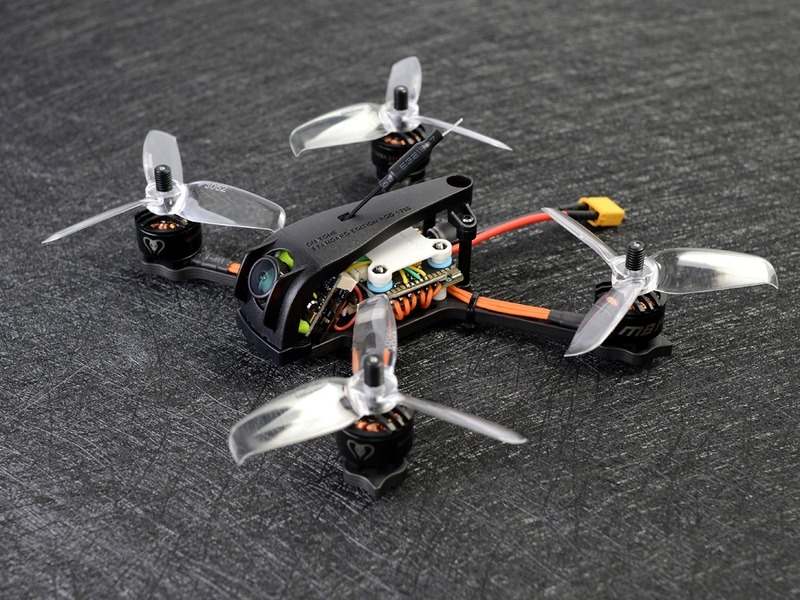Why can`t a drone go to space?

A drone is an unmanned aerial vehicle (UAV) that is typically used for surveillance, reconnaissance, and other military or commercial purposes. Drones have become increasingly popular in recent years due to their low cost, ease of use, and high level of autonomy. Despite their ubiquity, drones cannot currently go to space for a variety of reasons.
The primary limitation of drones is their size. Drones are generally much smaller than traditional aircraft, and the current technology available is not powerful enough to propel them into the upper atmosphere and beyond. The smallest drones are typically just a few feet in length, while space-bound rockets are typically several dozen feet in length. Additionally, the engines used on drones are not powerful enough to generate the thrust needed to reach space.
In addition to their size, drones are also limited in terms of their power sources. The majority of drones rely on electric motors powered by batteries, while space-bound rockets typically use more powerful fuel-based engines. The engines used on drones are unable to generate the amount of thrust necessary to reach the upper atmosphere, let alone space.
The lack of robust guidance systems is another factor preventing drones from reaching space. Drones typically rely on GPS navigation systems for guidance and navigation, but these systems are unable to provide the level of precision needed for space travel. Additionally, the navigation systems used on drones are not designed to operate in the extreme environments of space.
Finally, drones are limited in terms of their payload capacity. The majority of drones are designed to carry very small payloads, such as cameras or sensors, and are unable to carry the larger payloads typically associated with space travel. This limits the amount of fuel and other necessary supplies that can be carried on a drone, making it difficult to reach space.
In conclusion, drones cannot currently go to space due to their size, power sources, guidance systems, and payload capacities. The technology necessary to propel a drone into the upper atmosphere and beyond simply does not exist yet. However, with advances in technology, drones may one day be able to make the trip to space. Until then, drones will remain limited to the Earth’s atmosphere.
Comments / Question
2. Limit the altitude of drones.
3. Require drones to be registered with the FAA.
4. Utilize geofencing technology to restrict drones from entering restricted airspace.
5. Implement software and hardware solutions to detect and track drones.
6. Utilize radar systems to detect and track drones.
7. Require drone operators to obtain a license and pass an exam.
8. Require drone operators to be insured.
9. Utilize anti-drone technology such as jammers and net guns.
10. Utilize counter-drone technology such as drones equipped with anti-drone technology.
2. Temperature changes: High-altitude weather can cause drastic temperature changes, which can affect the battery life and performance of the drone.
3. Wind: Strong winds at high altitudes can cause the drone to drift off course and lose control.
4. Turbulence: Turbulence can cause the drone to experience sudden changes in altitude and direction, making it difficult to control.
5. Reduced visibility: Poor visibility due to clouds or fog can make it difficult for the drone to navigate and stay on course.

